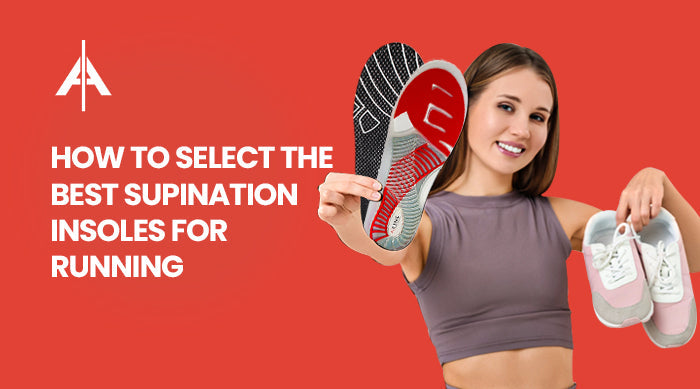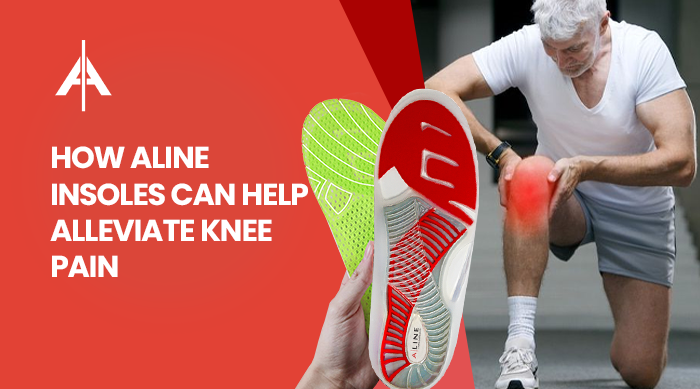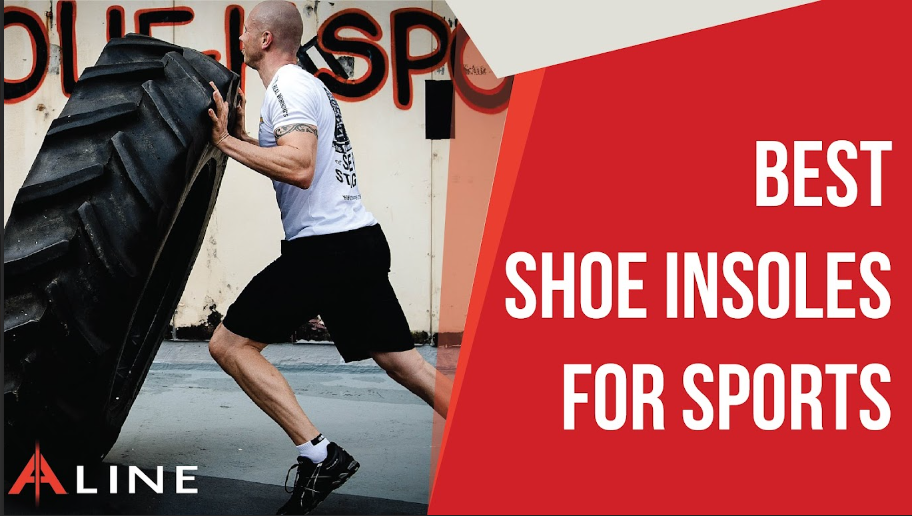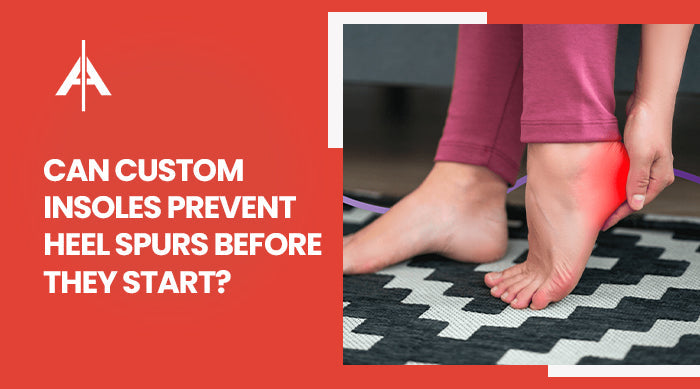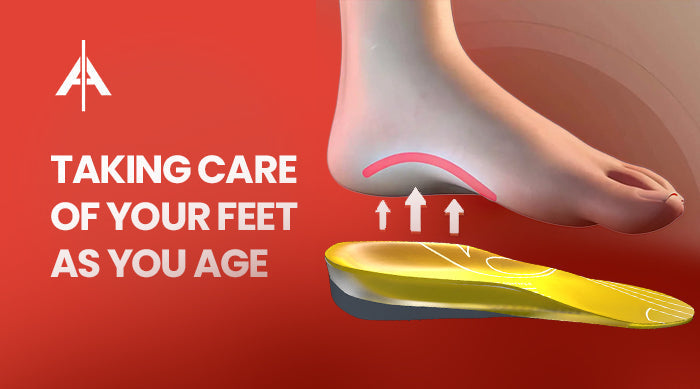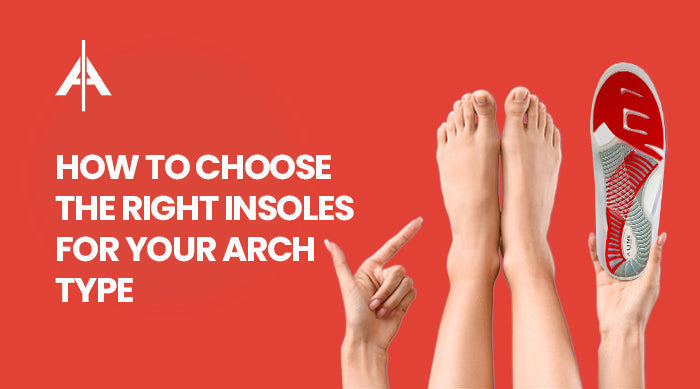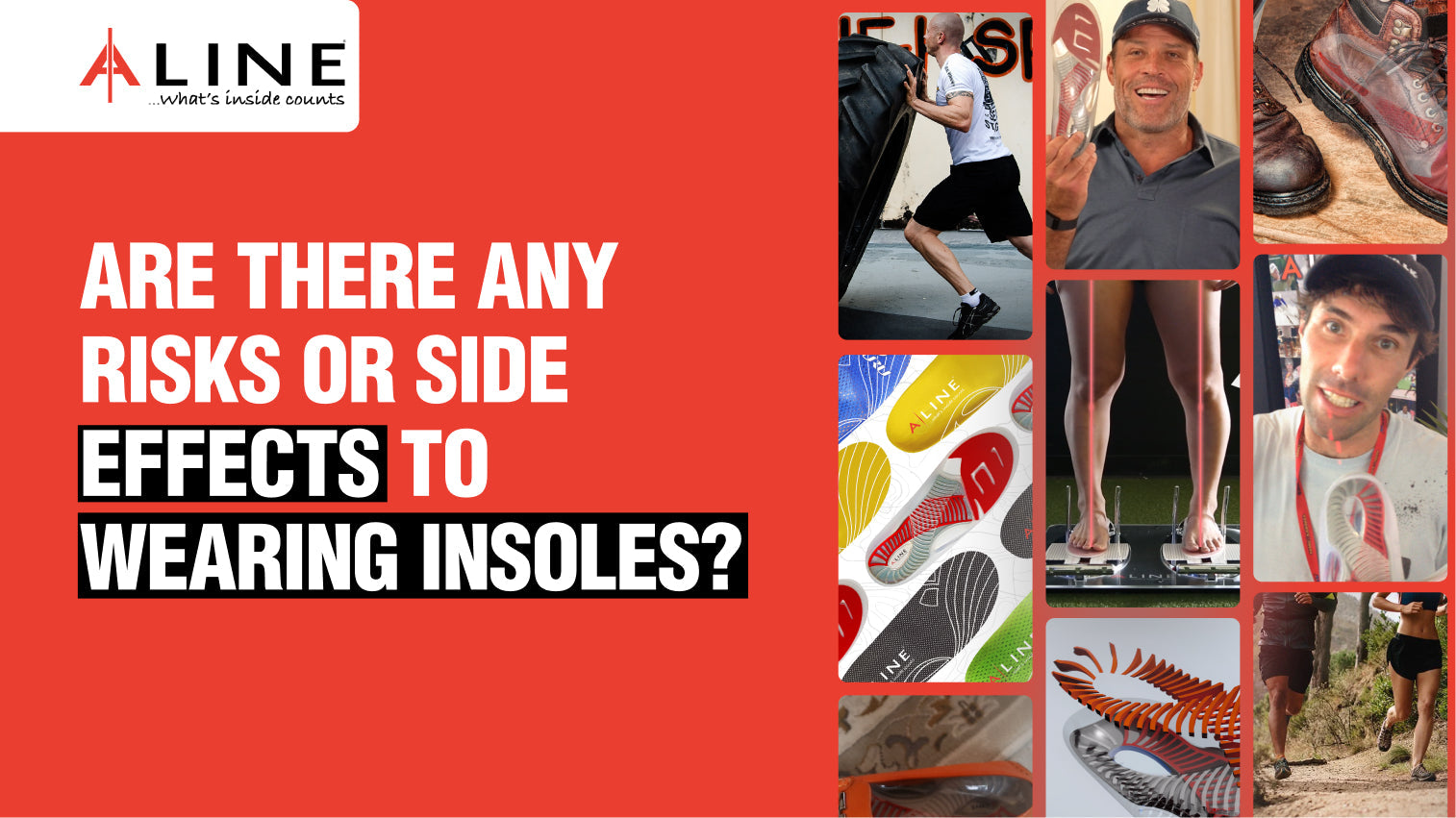How Can Insoles Support Foot Health During Pregnancy?

Summary
-
Insoles provide arch support to stabilize the feet, preventing collapse and overpronation caused by hormonal and weight changes associated with pregnancy.
-
Shock-absorbing cushioning eases plantar fasciitis, heel pain, and fatigue, making daily tasks like walking or standing more comfortable.
-
Even weight distribution reduces pressure on the heels and forefeet, relieving soreness caused by the extra weight of pregnancy.
-
Enhanced stability and posture improve balance, align hips and spine, and reduce back and hip discomfort for safer movement.
-
ALINE Insoles, with patented Active Realignment Technology, provides tailored support, helping expectant mothers stay comfortable and active.
Pregnancy is an exciting time, but it can be tough on your feet. As your body changes, gaining weight, shifting posture, and dealing with hormonal shifts, your feet often take the hit. You might notice swelling, aches, or even trouble staying balanced.
These common pregnancy-related foot problems can turn everyday activities like walking to the store or standing in the kitchen into an exhausting ordeal. High-quality insoles can significantly alleviate discomfort by providing crucial support, enhancing foot alignment, and cushioning each step.
How Can Pregnancy Affect Your Foot Health?
Pregnancy brings a wave of changes that can really challenge your feet, turning everyday activities into a struggle. The extra weight you carry adds pressure to your feet, making them feel sore and tired after short walks or standing for a while, like during a baby shower or a grocery run.
Hormonal changes, especially the hormone relaxin, loosen ligaments in your feet, which can flatten your arches or cause overpronation when your feet roll inward too much. This makes your steps less stable and can tire out your muscles faster. Plus, as your belly grows, it shifts your center of gravity, changing how you walk and putting extra strain on your back, hips, and knees. Without proper support, these changes can lead to ongoing discomfort or even long-term foot problems, making foot care a must during pregnancy.
How Do Insoles Help During Pregnancy?
Insoles are like a helping hand for your feet, tackling the unique challenges pregnancy brings. They’re designed to make walking, standing, and moving easier, so you can focus on enjoying this time.
Arch Support & Weight Distribution
As pregnancy hormones loosen ligaments, your arches can flatten or overpronate, causing strain and instability. Proper arch support in insoles ensures foot stability and alignment, thereby preventing collapse. They also spread your body weight evenly across your heel, arch, and forefoot, so no single spot, like your heel, takes too much pressure.
Pain Relief & Comfort
Pregnancy can bring foot pain like plantar fasciitis (sharp heel pain) or general soreness from carrying extra weight. Insoles with shock-absorbing cushioning soften each step, reducing strain on your feet and joints. This is a game-changer for expectant mothers who feel achy after standing in line at the doctor’s office or cooking dinner.
Improved Stability & Posture
Your growing belly shifts your balance, making you feel wobbly and putting stress on your hips and lower back. Proper foot alignment, achieved through insoles, provides support for the entire body. This reduces the risk of tripping or falling, especially important in busy places like a crowded store.
Swelling Management
Swollen feet and ankles are a common pregnancy complaint, making shoes tight and walking painful. Insoles improve circulation by supporting proper foot mechanics, which can help ease swelling discomfort. Breathable materials also keep your feet dry and comfortable, even when swelling changes your shoe size.
Prevention of Long-Term Issues
Given the foot changes that occur during pregnancy, like flattened arches or overpronation, aren’t addressed, they can lead to lasting problems like bunions, chronic flat feet, or ongoing pain after delivery. Insoles maintain your foot’s natural structure, reducing these risks. By providing consistent support through all trimesters, they help protect your feet for the long haul.
Steps to Choose the Right Insoles
Picking the right insole is key to keeping your feet happy during pregnancy. With the right features, insoles can make a big difference in your comfort and mobility.
Decide on the Type of Insoles
-
Over-the-Counter Insoles: These are affordable and work well for most pregnant women dealing with mild to moderate foot pain, swelling, or fatigue. They’re easy to find and fit into most shoes.
-
Custom Orthotics: These are pricier and designed for severe pain or unique foot shapes, like significant overpronation. They’re great for complex issues but often more than needed for typical pregnancy discomfort.
Key Features to Look For
-
Arch Support: Choose medium to high support based on whether you have flat, neutral, or high arches to keep your feet stable and aligned.
-
Cushioned Materials: Look for EVA foam or gel for shock absorption and comfort, especially helpful for easing heel or forefoot pain during pregnancy.
-
Breathable Design: Moisture-wicking materials prevent sweaty feet and reduce irritation, crucial when swelling makes shoes tight.
-
Adjustable Fit: Insoles that flex with changing foot sizes are ideal, as swelling can vary from day to day or week to week.
Maintenance Tips
-
Replace Every 3–6 Months: Pregnancy puts extra strain on insoles, so swap them out when they start to flatten to keep support strong.
-
Rotate Between Pairs: Using two pairs of insoles, especially if swelling changes throughout the day, helps them last longer and keeps your feet comfortable.
-
Clean Regularly: Wipe with mild soap or use antibacterial sprays to keep insoles fresh, especially after long, active days.
Additional Foot Care Tips for Pregnancy
Insoles are a great start, but these extra tips can boost your foot health even more during pregnancy:
-
Wear Supportive, Adjustable Shoes: Choose shoes with a wide toe box and low heel to give your feet room to swell and stay stable. Slip-on sneakers or adjustable sandals work well for daily wear.
-
Elevate Feet & Stay Hydrated: Prop your feet up when resting, like during a Netflix break, and drink plenty of water to help reduce swelling naturally.
-
Gentle Foot Stretches: Try simple moves like toe wiggles or ankle circles before bed to improve blood flow and ease stiffness, especially after a busy day.
-
Consult a Podiatrist: If foot pain doesn’t improve or you notice big changes in your foot shape, a podiatrist can suggest personalized solutions to keep you comfortable.
Conclusion
Pregnancy is a beautiful journey, but foot pain, swelling, and discomfort can make it feel like a slog. The good news is that you don’t have to just deal with it. High-quality insoles can transform how your feet feel, offering support, cushioning, and stability to tackle everything from morning walks to long workdays.
By addressing pregnancy’s unique foot challenges, insoles help you stay active, reduce pain, and protect your feet for the future, so you can focus on the joy of expecting.
Don’t let foot pain steal the joy from your pregnancy. Explore ALINE Insoles today and feel the difference from your first step.






